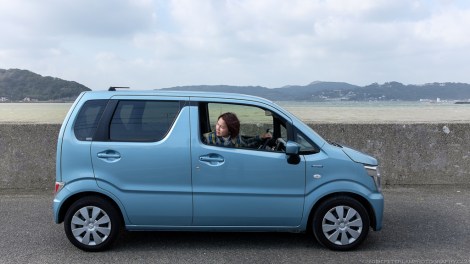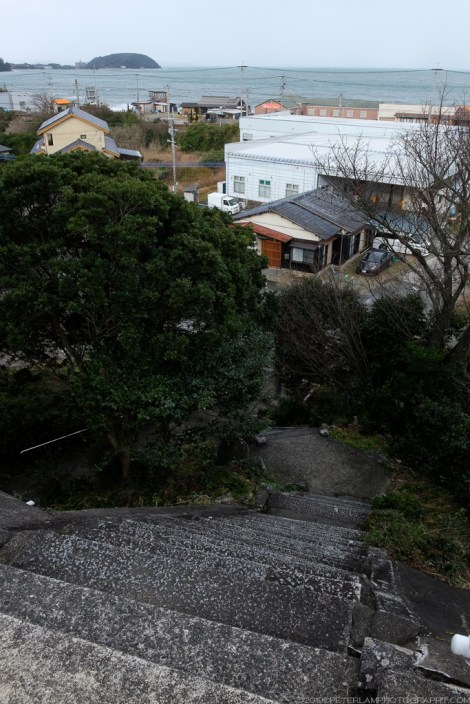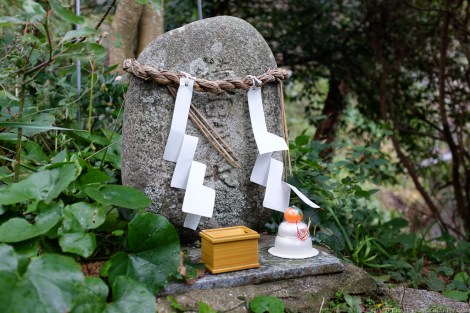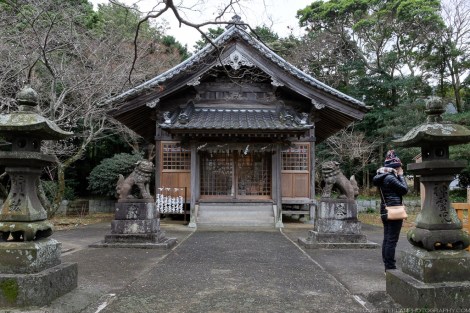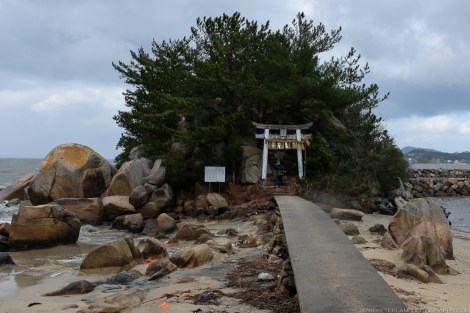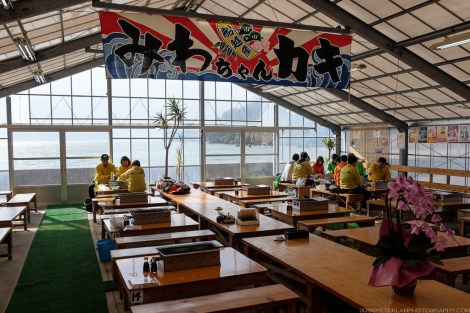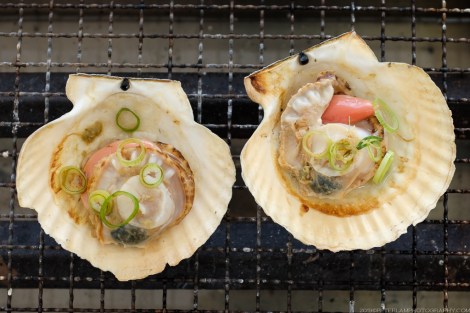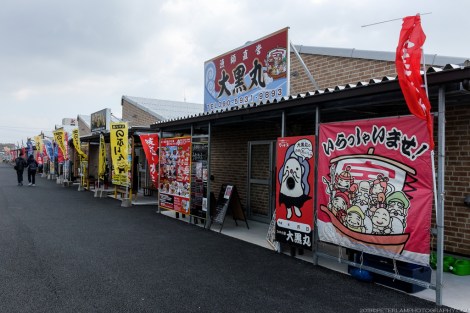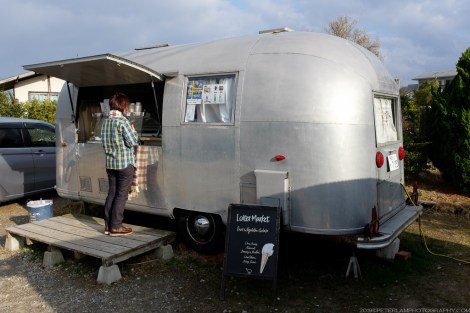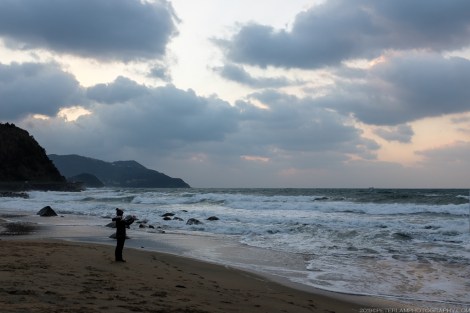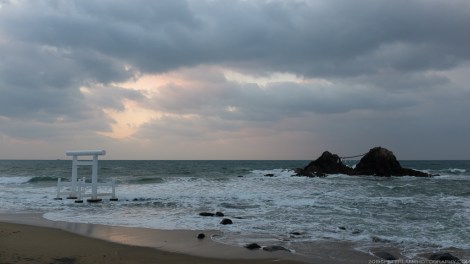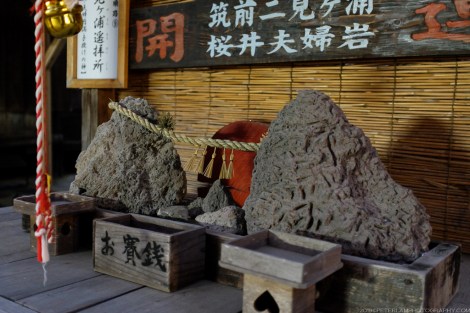Itoshima Peninsula (糸島半島) is a beach resort area located less than an hour away from Fukuoka city. The long and winding coastline is famed for its sandy beaches dotted with cafes, local craft stores, and laid back resorts. It is a perfect day trip from the big city, and while public transportation is available (but infrequent), the area is best explored by car. On a recent visit to Fukuoka, we did just that – a driving tour of Itoshima and its most popular attractions. While summer is the peak season, the area has plenty to offer during the winter months as well, with the advantage of fewer crowds and a more relaxed pace.
Our first stop is Ito-Sai Sai, one of the biggest farmer’s markets in Kyushu. Run by Itoshima’s Japan Agricultural Co-Operative, here you will find all manner of locally sourced meats, seafood, and fresh produce at very good prices. A great place to pick up some snacks for the road. Home cooks and aspiring chefs will want to spend hours in this place!
Chinkaiseki Hachimangu (鎮懐石八幡宮) is a Shinto shrine located on a hill overlooking the coast towards the Sea of Japan. It is known as the Sunset Shrine due to the often spectacular colours that can be seen from its high vantage point. Worshippers also come here to pray for luck in childbirth.
A little further along the coast is Hakoshima-Jinja, a small shrine dedicated to the God of Love. Set on a small cape and accessed via an elevated walkway to its torii gate, this lovely shrine is surrounded on three sides by the sea.
Heading further along the coast, we arrive at the fishing ports of Shima-Funakoshi (船越漁港) and Shima-Kishi (岐志) for one of the best reasons to visit Itoshima during winter: Kakigoya oyster huts. Every year from October to March, the fishing ports in the area set up temporary stalls where locals can grill oysters and other fresh seafood. It’s a true bivalve bonanza, where a 1kg basket of locally sourced oysters is only ¥1000. There are many stalls to choose from, and they generally operate the same way – guests are given colourful jackets (to protect from oysters squirting as they cook), and you grill whatever you order. Everything is so delicious and amazingly fresh, and the highlight of any day trip here. Round off your meal with a visit to one of the many cafés along the beach, or even a home-made gelato dessert.
The rest of the day is spent driving along the Shima Sunset Road, a local stretch of highway that follows the scenic coast and sandy beaches. We arrive at the Sakurai Futamigaura, popularly known as the Meoto-Iwa, or Married Couple Rocks. The rocks, about 150m from the beachfront, are joined by a 30m, 1-ton shimenawa Shinto rope and are one of Japan’s most famed spots to enjoy the sunset, especially on the summer solstice when the sun sets between the rocks.
Located nearby and a little inland is the Sakurai-jinja (櫻井神社), the shrine associated with the married rocks. The old and weathered wooden construction speaks to the history of this place, a site dedicated as a prefectural cultural asset.

